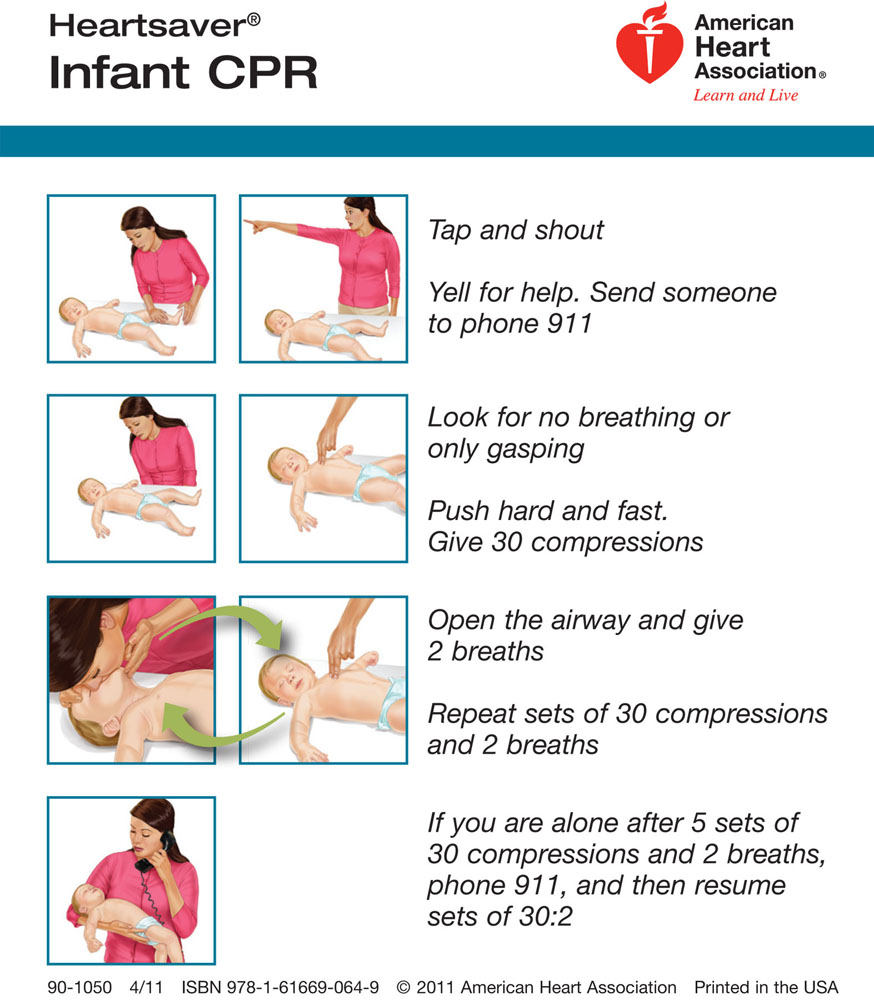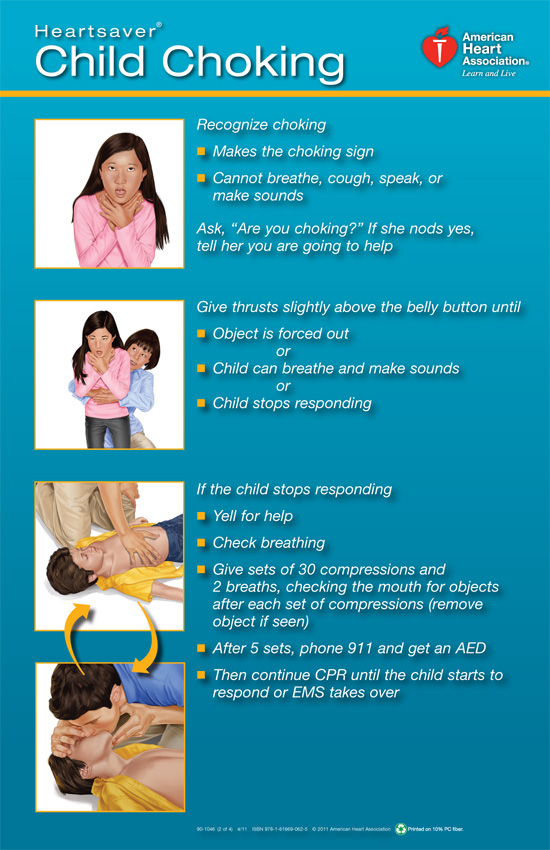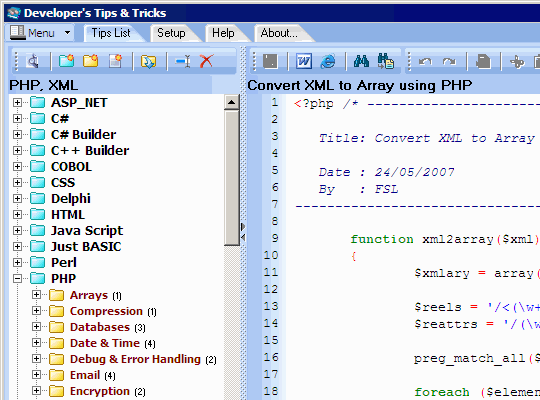Child cpr is recommended for
Child Cpr Is Recommended For. When you know how to apply infant or child cpr effectively, it gives you greater power in protecting your family. After 30 compressions, tilt the head, lift the chin, and give two effective breaths. Pediatric resuscitation protocols are different for infants and children. Place the heel of one hand on the lower half of the child’s breastbone;
 The 10 Best Cpr Instruction For Refrigerator Home Gadgets From onceownedby.com
The 10 Best Cpr Instruction For Refrigerator Home Gadgets From onceownedby.com
That is, when performing cpr on an infant, you perform 30 chest compressions followed by 2 rescue breaths. Remove your mouth and watch the chest fall. Allow the air to exit before giving the next breath Chest compressions, which keep the child�s blood circulating. Kneel by the child and put one hand in the centre of the child’s chest. Place the heel of your hand on the centre of the person�s chest, then place the palm of your other hand on top and press down by 5 to 6cm (2 to 2.5 inches) at a steady rate of 100 to 120 compressions a minute.
Ventilation ratio for 1 rescuer cpr in infants is 30:2, the same as for two rescuer cpr children.;
Cpr stands for cardiopulmonary resuscitation. That is, when performing cpr on an infant, you perform 30 chest compressions followed by 2 rescue breaths. Check the baby for responsiveness. You should position yourself above the child’s chest. Perform cpr before calling 911. The cpr ratio for an infant child is actually the same as the ratio for adults and children, which is 30:2.
 Source: pinterest.jp
Source: pinterest.jp
Check the baby for responsiveness. This is the middle of their chest. Check in the mouth for any blockages, such as vomit, an object or loose teeth, and clear it out with your finger. Additionally, infant cpr differs from adult cpr by. Because their bone structure is more fragile than adults’, you should only initiate 1 ½ inch chest compressions.
 Source: pinterest.com
Source: pinterest.com
The main difference between infant cpr and other forms is the depth of chest compressions you administer to infants. Each one counts as one compression. This is the middle of their chest. If you are alone, provide cpr first—and then call 911 after five cpr cycles or two minutes. It is recommended that you renew first aid qualifications every 3 years and undertake refresher training in.
 Source: researchgate.net
Source: researchgate.net
Cardiopulmonary resuscitation (cpr) is a lifesaving technique that�s useful in many emergencies, such as a heart attack or near drowning, in which someone�s breathing or heartbeat has stopped. Ventilation ratio for 1 rescuer cpr in infants is 30:2, the same as for two rescuer cpr children.; Keep your arm straight and press down on their chest to a third in depth and then release the pressure. Additionally, infant cpr differs from adult cpr by. That is, when performing cpr on an infant, you perform 30 chest compressions followed by 2 rescue breaths.
Source: basic–0.blogspot.com
On the other hand, adult cpr requires 2” chest compressions. Call their name loudly, tap them on the shoulder, and call their name again. Keep your arm straight and press down on their chest to a third in depth and then release the pressure. Place the heel of your hand on the centre of the person�s chest, then place the palm of your other hand on top and press down by 5 to 6cm (2 to 2.5 inches) at a steady rate of 100 to 120 compressions a minute. Here are the steps to perform infant cpr, as recommended by the american red cross.
 Source: pinterest.com
Source: pinterest.com
While children are less likely to suffer sca than adults, it isn’t rare. Kneel by the child and put one hand in the centre of the child’s chest. On the other hand, adult cpr requires 2” chest compressions. When you know how to apply infant or child cpr effectively, it gives you greater power in protecting your family. Tilt the person�s head gently and lift the chin up.
 Source: printablee.com
Source: printablee.com
Ventilation ratio for 1 rescuer cpr in infants is 30:2, the same as for two rescuer cpr children.; Each one counts as one compression. According the the american heart association and ilcor, it is certainly permissible to. Place the heel of your hand on the centre of the person�s chest, then place the palm of your other hand on top and press down by 5 to 6cm (2 to 2.5 inches) at a steady rate of 100 to 120 compressions a minute. The american heart association recommends starting cpr with hard and fast chest compressions.
 Source: pinterest.com
Source: pinterest.com
The cpr ratio for an infant child is actually the same as the ratio for adults and children, which is 30:2. You will then need to give 30 chest compressions. Call their name loudly, tap them on the shoulder, and call their name again. While children are less likely to suffer sca than adults, it isn’t rare. Remove your mouth and watch the chest fall.
 Source: onceownedby.com
Source: onceownedby.com
The main difference between infant cpr and other forms is the depth of chest compressions you administer to infants. Each one counts as one compression. Teaching kids cpr for emergencies could save thousands of lives each year, according to an article published in the lancet. After every 30 chest compressions, give 2 rescue breaths. It is recommended that you renew first aid qualifications every 3 years and undertake refresher training in.
 Source: printablee.com
Source: printablee.com
Blow into their mouth gently and steadily for up to one second, until the chest rises. Kneel by the child and put one hand in the centre of the child’s chest. You should position yourself above the child’s chest. Adult resuscitation protocols adult comprehensive emergency cardiac care apply to. Cpr stands for cardiopulmonary resuscitation.
 Source: pinterest.com
Source: pinterest.com
This is the middle of their chest. Place the heel of one hand on the lower half of the child’s breastbone; The recommended compression rate for performing chest compressions for children is at least 100 to 120 compressions per minute. On the other hand, adult cpr requires 2” chest compressions. It is recommended that you renew first aid qualifications every 3 years and undertake refresher training in.
 Source: pinterest.com
Source: pinterest.com
You will then need to give 30 chest compressions. Keep your arm straight and press down on their chest to a third in depth and then release the pressure. You should position yourself above the child’s chest. Ventilation ratio for 1 rescuer cpr in infants is 30:2, the same as for two rescuer cpr children.; When you know how to apply infant or child cpr effectively, it gives you greater power in protecting your family.
 Source: pinterest.com
Source: pinterest.com
Additionally, infant cpr differs from adult cpr by. Cpr is a lifesaving action used in emergencies when someone isn�t breathing or their heart is not beating. As with small children, infants have a higher survival rate than adults when receiving immediate cpr. Check the baby for responsiveness. If someone isn�t circulating (moving) blood or breathing well, cpr can help get.
 Source: pinterest.com
Source: pinterest.com
You will then need to give 30 chest compressions. After every 30 chest compressions, give 2 rescue breaths. What is the cpr ratio for an infant child? Keep your arm straight and press down on their chest to a third in depth and then release the pressure. The main difference between infant cpr and other forms is the depth of chest compressions you administer to infants.
 Source: researchgate.net
Source: researchgate.net
Call their name loudly, tap them on the shoulder, and call their name again. If you are alone, provide cpr first—and then call 911 after five cpr cycles or two minutes. Check the baby for responsiveness. Chest compressions, which keep the child�s blood circulating. Adult resuscitation protocols adult comprehensive emergency cardiac care apply to.
 Source: pinterest.com
Source: pinterest.com
Each one counts as one compression. It is recommended that you renew first aid qualifications every 3 years and undertake refresher training in. Keep your arm straight and press down on their chest to a third in depth and then release the pressure. Place the heel of your hand on the centre of the person�s chest, then place the palm of your other hand on top and press down by 5 to 6cm (2 to 2.5 inches) at a steady rate of 100 to 120 compressions a minute. Because their bone structure is more fragile than adults’, you should only initiate 1 ½ inch chest compressions.
 Source: pinterest.com
Source: pinterest.com
Cpr stands for cardiopulmonary resuscitation. After 30 compressions, tilt the head, lift the chin, and give two effective breaths. Ventilation ratio for 1 rescuer cpr in infants is 30:2, the same as for two rescuer cpr children.; If you are alone, provide cpr first—and then call 911 after five cpr cycles or two minutes. If someone isn�t circulating (moving) blood or breathing well, cpr can help get.
 Source: pinterest.com
Source: pinterest.com
Gently lift the baby’s chin to a neutral position (with the head and neck in line, not tilted). Additionally, infant cpr differs from adult cpr by. Ventilation ratio for 1 rescuer cpr in infants is 30:2, the same as for two rescuer cpr children.; Because their bone structure is more fragile than adults’, you should only initiate 1 ½ inch chest compressions. Gently lift the baby’s chin to a neutral position (with the head and neck in line, not tilted).
 Source: pinterest.com
Source: pinterest.com
It is recommended that you renew first aid qualifications every 3 years and undertake refresher training in. Check in the mouth for any blockages, such as vomit, an object or loose teeth, and clear it out with your finger. After 30 compressions, tilt the head, lift the chin, and give 2 effective breaths. Allow the air to exit before giving the next breath Push down a third of the depth of the chest.
If you find this site beneficial, please support us by sharing this posts to your preference social media accounts like Facebook, Instagram and so on or you can also save this blog page with the title child cpr is recommended for by using Ctrl + D for devices a laptop with a Windows operating system or Command + D for laptops with an Apple operating system. If you use a smartphone, you can also use the drawer menu of the browser you are using. Whether it’s a Windows, Mac, iOS or Android operating system, you will still be able to bookmark this website.






